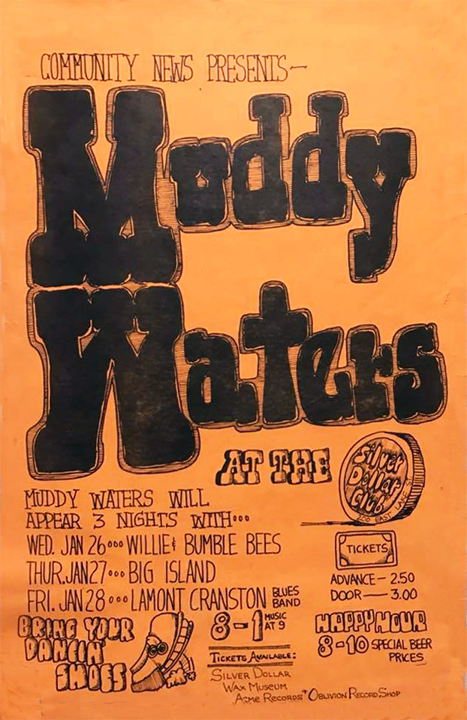Silver Dollar Club
200 E. Lake Street
Minneapolis
LUNCHROOM: 200 1/2 EAST LAKE
Not sure where in the building this would be, but probably on the ground floor, since it was a lunch counter and bar. License information printed in the paper shows an incredible amount of turnover in ownership.
In 1930, during Prohibition, Ernest T. Kreisel had the lunch counter. In May 1934, he got his license for non-intoxicating malt liquor. Beer had been re-classified as non-intoxicating so that the people’s thirst could be slaked. By October 1, 1935, the restaurant had been taken over by Walter C. Marohn. Next was W.R. McKean in 1936. That didn’t last long: July 1936 was Ida McCormick and Rose Bushey. Paul Larson and Robert Brothen were next in March 1937.
OTHER BUSINESSES
In 1932, the address was the scene of contention, as a family of chimney sweeps argued over listings in the city directory after the firm had broken up.
In May 1932, an Ice House was added to the property. Peter Jensen operated it in July 1933.
In 1934, probably from another part of the property, was a auto body repair shop
PHIL’S TAVERN
In September 1940, Phil’s Tavern offered food, bowling, and dancing.
PHIL’S BLUE ANGEL ROOM
In December 1960 we see the first ad for the Blue Angel Room, featuring Augie Garcia.
A February 1961 article in Select Magazine tells us of a performance by Augie at Phil’s.
An ad from May 1962 is for Augie at the Blue Angel Room.
Stebbins reports that Phil’s Blue Angel tried jazz but switched to country-western. (before 1964).
I don’t know what the item below actually is, but it came from the collection of Mark Youngblood.


SILVER DOLLAR CLUB
Hans P. Hanson opened this dance hall on January 24, 1964. The building included two bars, a huge ballroom, and two 2-bedroom apartments.
It appears that Dixieland was the first genre that was featured when the club opened.
It was a country western venue by April 1967.
On November 25, 1970, there was an ad that the building had to be sold because the owner had had a heart attack. These ads continued until May 1971.
SILVER DOLLAR II
In November 1971 Charlie Campbell/Community News converted the Country bar to rock and blues.
Mark Peterson described it:
A 3.2 beer establishment, it had three bars, two stages and a big dance floor, and even a diner/coffee shop under one roof. There was music nearly every night of the week.
In an email dated June 17, 2013, Charlie told me:
In the ballroom we presented local blues and R&B bands like Lamont Cranston, Willie and the Bumblebees, the Lake Street Stink Band, Mill City Blues Band, Joel Johnson and others. We also presented Bonnie Raitt, Luther Allison, Charlie Musselwhite, and Muddy Waters in the big room.
Single artists like Lazy Bill Lucas, Dave ‘Snaker’ Ray, ‘Spider’ John Koerner, ‘Papa’ John Kolstad, and Tommy Ray performed in the smaller tavern side of the building.

Charlie says that the venue closed in the summer (May) 1972.
In July 1972 the building was being up for sale by a real estate company.
A permit to demolish the building was issued on February 20, 1973. 210 E. Lake Street is a Mc Donald’s, which, coincidentally was built in 1973. (West of that of that is 35 W, which was built across Lake Street in 1968-1968, so it wasn’t torn down for the freeway.)


